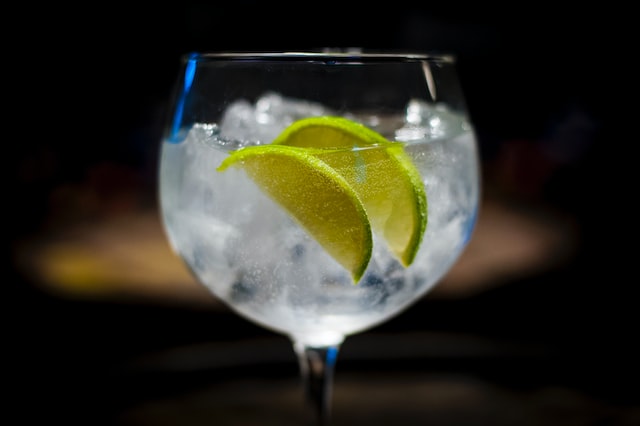Gin delivery is now a popular way to purchase alcohol. This is because many people enjoy drinking gin regularly but need help to shop for it in-store. You can enjoy a delicious gin and tonic with gin for delivery without leaving your home!
While we’re on the subject, we will talk about gin, a laudable topic of conversation in the context of a well-timed evening of merrymaking. By the end of it all, you should be sipping on the gin above the concoction in no time flat. Fortunately, we’ve got a slew of suggestions on hand. Whether you’re looking for a night out with the ladies or a little more spirited ribbing, we’ve got the best.
Distillation Methods
The process of distillation is used to make gin. Distillation involves a series of steps, such as heating and condensation. This is followed by dilution and the addition of flavorings and sugars.
Generally, a neutral alcohol base is used. This can be made from potatoes, molasses, or distillers strains. Most gin producers buy neutral spirits from a trusted source.
When the liquid has been diluted, it is ready to undergo distillation. To do this, a pot still is used. A pot still is a device that looks like a large drum that condenses alcohol.
This process is typically carried out by heating the ethanol in the pot. After the ethanol is heated, botanicals are added to the liquid. These botanicals can either be placed at the top of the still or suspended in the headspace above the ethanol. Some brands, like Bombay Sapphire, prefer to use a steeping method.
In the United States, gin is defined as a distilled beverage with an alcohol content of at least 40%. The alcohol strength is also regulated in other countries, such as Australia and Canada. It can be higher than 40%.
Several Gin distillers have introduced unusual production methods in recent years. Some of these include vapor-infused gins. They are said to give a gentler taste to the Spirit.
Geography of Gin
Gin is a neutral grain alcohol mixed with botanicals, such as herbs, fruits, spices, and citrus peel. It is distilled in traditional copper stills and has an alcohol content of around 40 to 47 percent.
The gin market is growing at a steady pace. However, the distribution challenges may inhibit its growth. Vendors are deploying inorganic and organic strategies to achieve growth.
Despite the potential challenges, the gin market is expected to grow at a CAGR of 7.59% from 2020 to 2026. The key players in the gin and genever market are expanding through mergers and acquisitions, product launches, and collaborations. These strategies are anticipated to yield lucrative growth opportunities in the future.
Premiumization is one of the significant trends in the gin and genever market. Rising demand for premium gins and genever spirits is driving growth in Europe and Asia.
Another major factor driving the growth of the gin and genever market is the rise in organized retailing. This trend is particularly prevalent in North America and Western Europe. By the end of 2022, supermarkets in developing countries will account for 65% to 71% of total sales in the organized retail sector. The Gin and Genever Market in North America has the largest share among all the regions.
One of the factors reducing the growth of the gin and genever markets is the increasing awareness about the health effects of alcohol. Therefore, manufacturers are launching natural gin and genever spirits.
Aging in Barrels
Barrel aging is the process of aging a spirit in barrels. The influence of the wood on the Spirit can have a dramatic effect on its taste. It also provides an opportunity for distillers to create new, unique products.
Barrels are often used for bourbon and whiskey. But they have also been used for other alcohol categories. For instance, Benedictine monks in the 1600s distilled juniper berry-infused wine in oak barrels.
Gin has also been aged in barrels for centuries. Unlike whiskey, which must be aged for at least two years, gin is generally only aged for a couple of months.
The type of barrels used to age gin depends on the desired flavor of the Spirit. Some distilleries use hybrid barrels that use both American and French oak staves. Those barrels offer unique aging benefits, such as softening sweeter fruit flavors and enhancing aroma concentration.
Tuthilltown Spirits, a New York distillery, has used smaller barrels to accelerate the maturation of its whiskeys. They are also trying to increase the alcohol-to-barrel-surface ratio.
Another gin producer, High Wire Distilling Co., has created a barrel-rested gin called Hat Trick. This gin from Charleston, SC, is made with a toasted oak chip in the barrel.
In addition, the Oregon distillery Ransom Spirits have created a barrel-aged gin. It was developed with cocktail historian David Wondrich.




Leave a Reply
You must be logged in to post a comment.